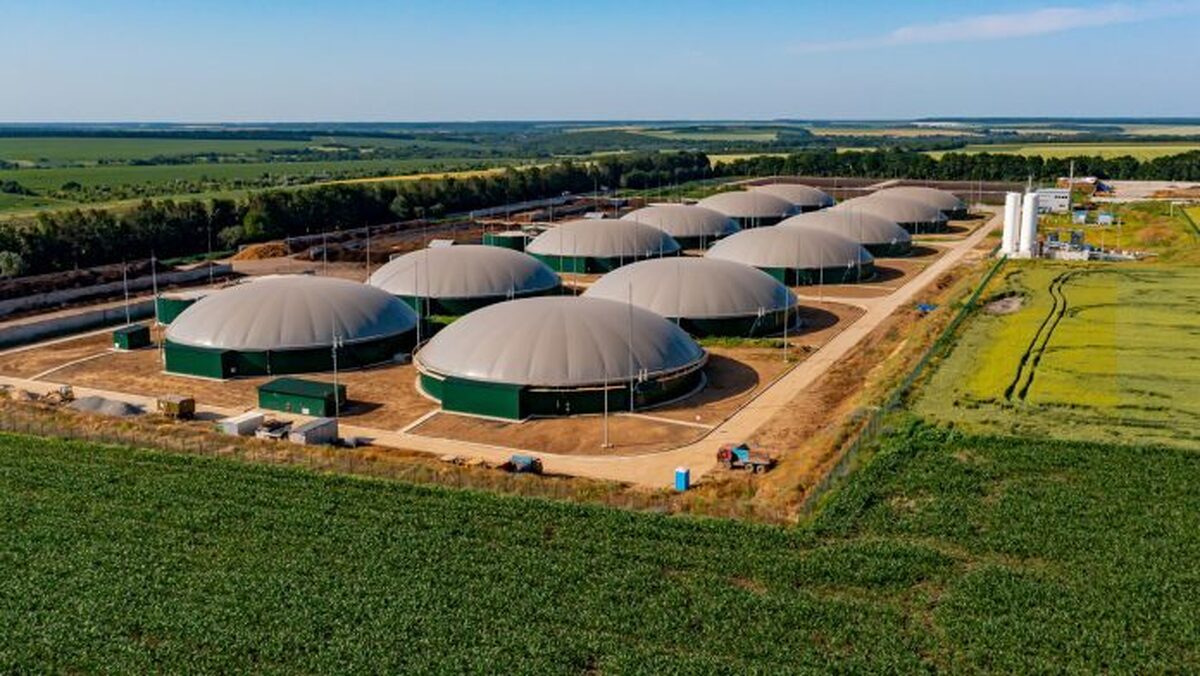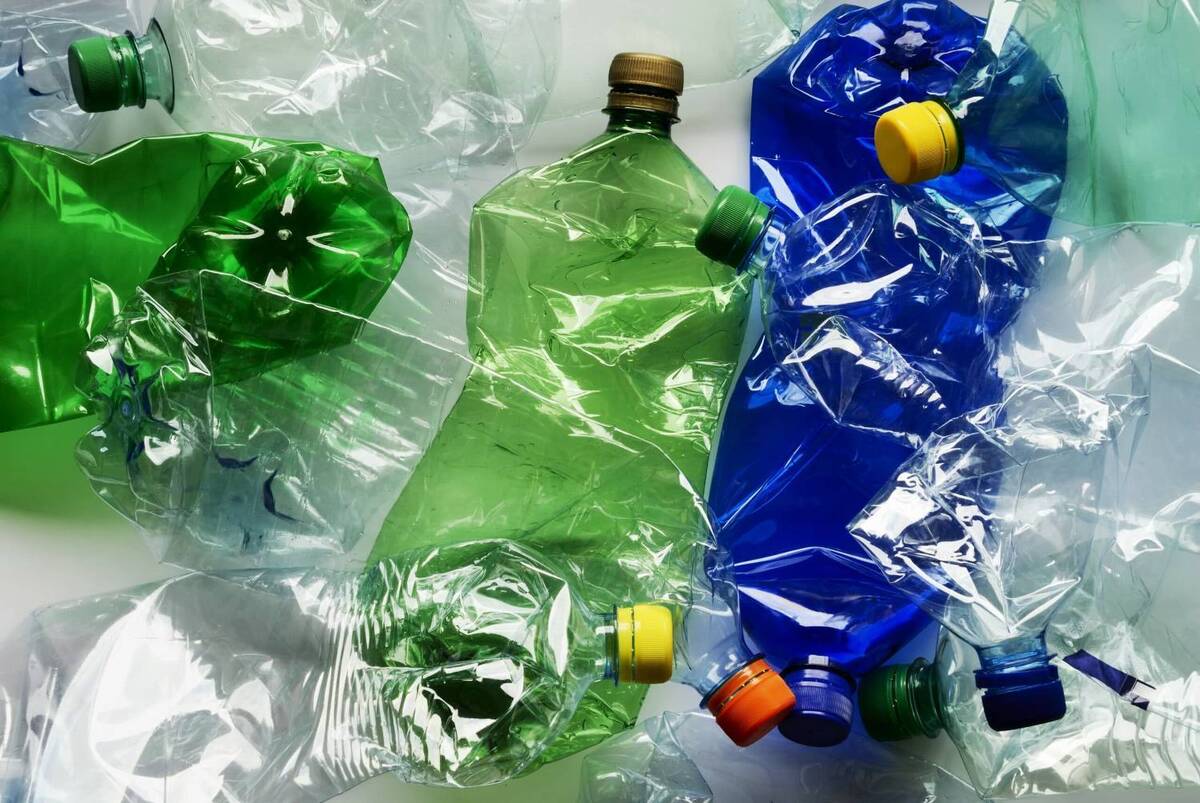Are Biogas, Biomethane Supply Chains Eco-Friendly?

Scientists have acknowledged that although biogas and biomethane supply chains are more environmentally friendly than non-renewable alternatives, better monitoring is required to fix leaks to ensure that biogas and biomethane continue to satisfy their green reputation, the One Earth journal reported.
Additionally, – according to the Intergovernmental Panel on Climate Change’s AR6 report, methane traps approximately 27 times the amount of heat in the atmosphere as carbon dioxide (CO2) and is responsible for at least a quarter of global warming.
Biomethane and biogas are generated from the breakdown of organic matter including food, animal waste, energy crops, grass, or sewage sludge. This means that they are renewable energy alternatives, and are better for the environment than natural gas, coal, and oil.
However, the research team at Imperial College London (ICL) has identified potential pitfalls in energy biogas and biomethane supply chains for these climate-friendlier gases. Thus, a considerable effort should be made to reduce methane leakage.
In order to tackle the climate crisis, various countries are replacing sources of energy that strongly emit carbon, such as natural gas, coal, and oil, with biomethane and biogas. Although they are made from a mixture of CO2 and methane, biomethane and biogas release less of both gases, which means they are greener energy alternatives.
However, these replacement fuels still release methane along their biomethane and biogas supply chains, such as at processing facilities and from long pipelines. This study’s analysis provides a deeper understanding of where, when, and how much methane is released from both biomethane and biogas supplies.
This novel study revealed that biomethane and biogas supply chains release more than twice as much methane as the International Energy Agency (IEA)’s previous estimation. It also demonstrates that 62% of these leaks were focused on a small number of facilities and pieces of equipment within the chain, which they call ‘super-emitters’, although it was discovered that methane was released at every stage.
The research team has emphasised that urgent attention is required to both repair the methane leaks and to be aware of precisely where the majority of them are happening – doing so will also benefit production plants.
“Biomethane and biogas are great candidates for renewable and clean energy sources, but they can also emit methane. For them to really help mitigate the warming effects of energy use, we must act urgently to reduce their emissions,” explained Dr Semra Bakkaloglu, lead author of the study from ICL’s Department of Chemical Engineering and Sustainable Gas Institute.
“We want to encourage the continued use of biogas and biomethane as a renewable resource by taking the necessary actions to tackle methane emissions.”
Scientists observed that compared to the oil and gas industry, the biomethane industry suffers from poorly designed and poorly managed production facilities, as well as minimal investment for modernisation, operation, and monitoring. This is most likely due to oil and natural gas supply chains being primarily operated by large companies for decades, who therefore possess bigger resources and have been able to invest more in leak detection and repair.
The research team considered 51 previously published studies on mobile methane measurements and site data taken from emission sources along the biomethane and biogas supply chain. They analysed the data and calculated the total methane emissions utilising a statistical model known as Monte Carlo. This permitted them to consider all measurements of total supply chain emissions at each stage of the chain, which they then compared with the off-site emissions reported from whole-site measurements in the previously published studies.
They discovered that the supply chains released approximately 343g of CO2-equivalent methane per megajoule at a higher heating value, which potentially accounts for 18.5 megatonnes of methane per year. In comparison, the IEA estimates reported emissions as just 9.1 megatonnes in 2021.
Scientists have observed that while the overall methane emissions from biogas and biomethane supply chains are lower than those from oil and natural gas, the amount of methane released from their supply chains relative to total gas production is much higher than for oil and gas.
The data is measured and reported in ‘CO2 equivalents,’ which is a unit of measurement typically utilised to compare emissions across the oil and natural gas supply chain, without interfering with downstream operations. This unit also allowed scientists to compare the global-warming potential of various greenhouse gas emissions from different studies.
ICL researchers identified the reasons behind the leakiness of supply chains as an insufficient use of processing equipment, and inadequate operation and maintenance strategies. However, the scientists noted that it was difficult to determine why the supply chains were leaking due to the intermittent emissions patterns, which meant they were more difficult to track.
Additionally, because super-emitters are unlikely to remain constant over time, the researchers emphasised that continual monitoring is required to detect intermittent emission patterns or unpredictable leaks from biogas and biomethane supply chains.
“To prevent biogas methane emissions negating the overall benefits of biogas use, urgent attention is needed including continuous monitoring of biogas supply chains. We believe that with the proper detection, measurement, and repair techniques, all emissions can be avoided,” said Dr Bakkaloglu.
“We need better regulations, continuous emission measurements, and close collaboration with biogas plant operators in order to address methane emissions and meet Paris Agreement targets.
“Given the growth in biomethane due to national decarbonisation strategies, urgent efforts are needed for the biomethane supply chain to address not only methane emissions but also the sustainability of biomethane.”
“Addressing the fundamental design issues and investment problems within the biofuel and methane industry would be a good starting point for stopping these leaks and preventing more from arising,” concluded Dr Jasmin Cooper, co-author from ICL’s Department of Chemical Engineering.
Currently, the research team’s next steps include focusing on the super-emitters within supply chains to better understand how to reduce them by utilising the best available technologies.
4155/v
























